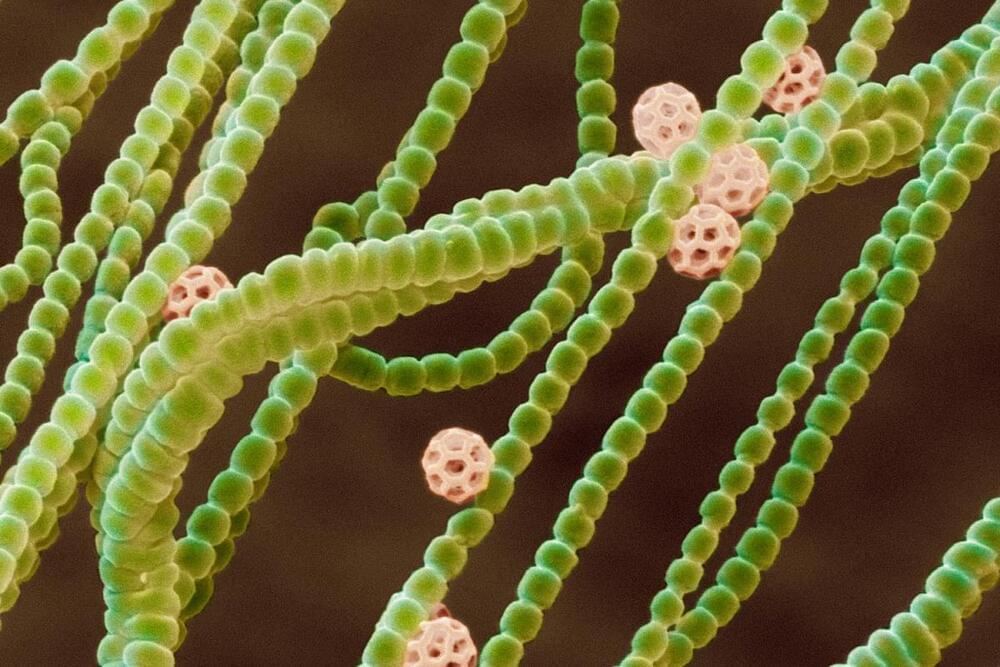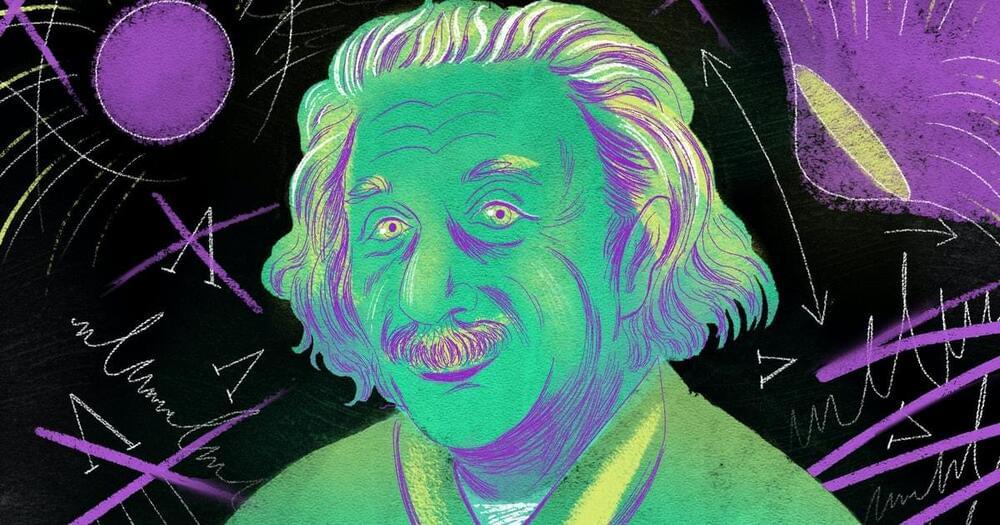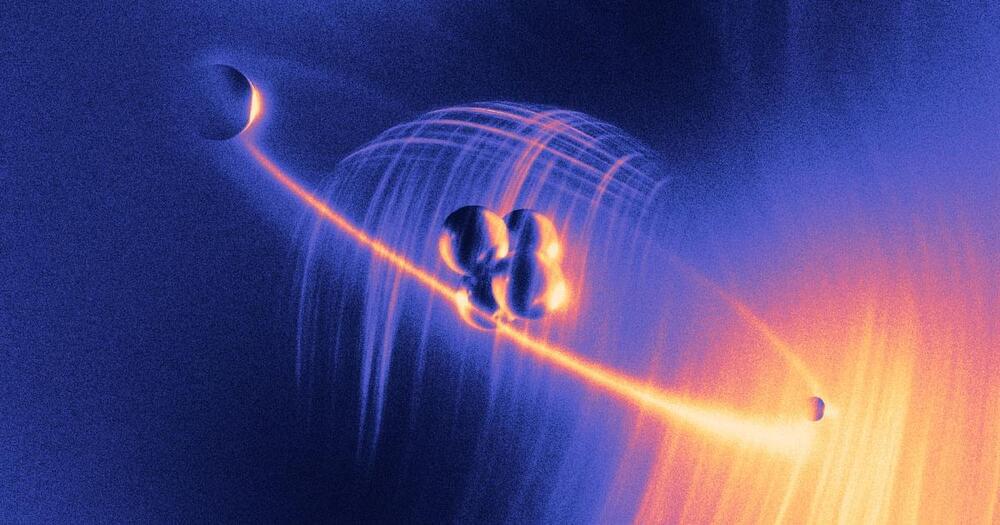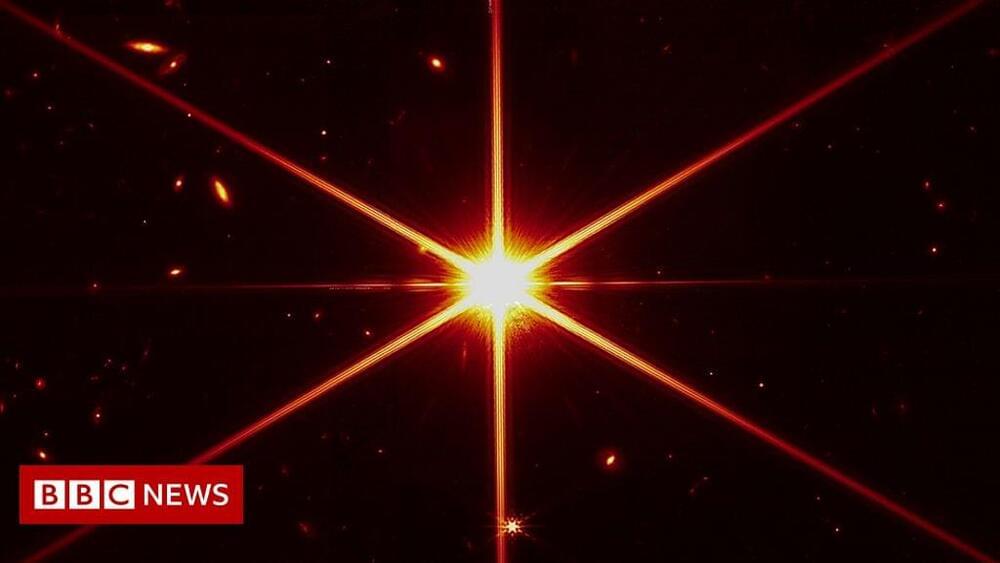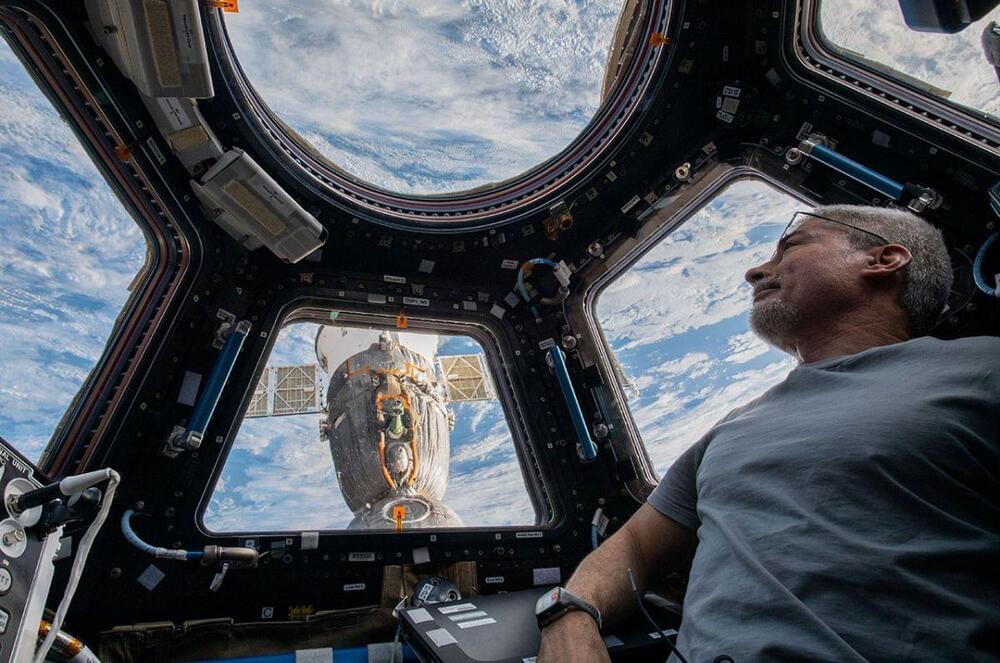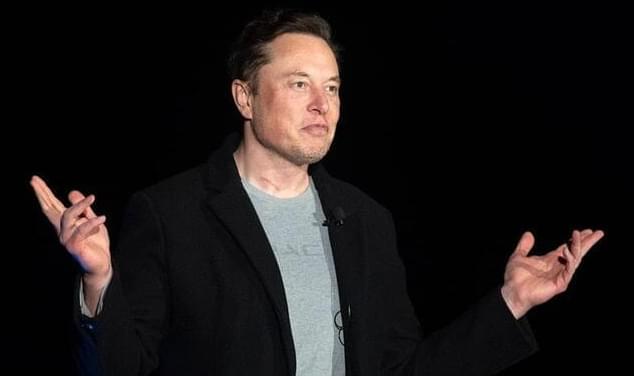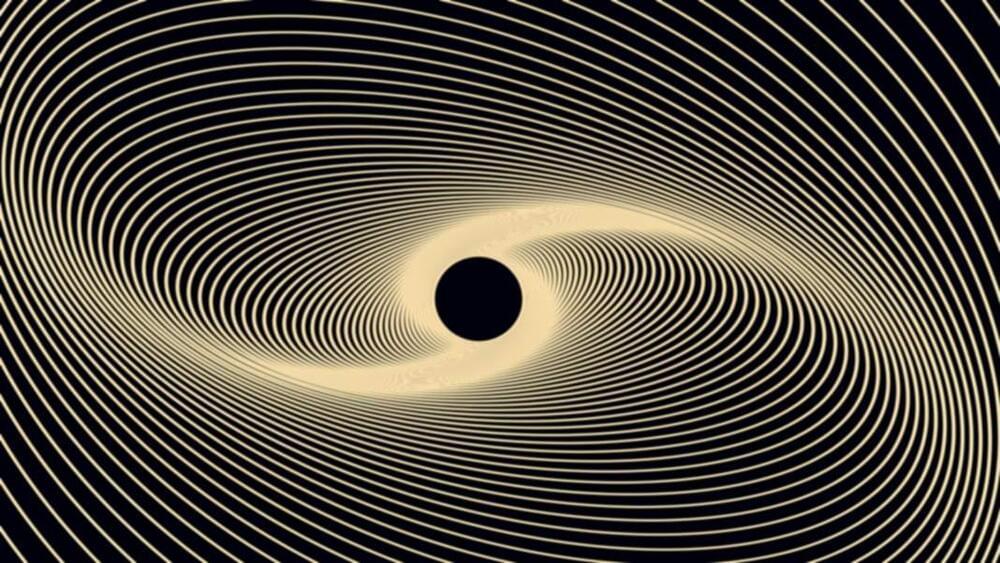
Einstein’s General Theory of Relativity predicted that massive objects will bend light as it travels past them. That means that any light passing very close to an invisible black hole—but not close enough to end up inside it—will be bent in a similar way to light passing through a lens. This is called gravitational lensing, and can be spotted when a foreground object aligns with a background object, bending its light. The method has already been used to study everything from clusters of galaxies to planets around other stars.
The authors of this new research combined two types of gravitational lensing observations in their search for black holes. It started with them spotting light from a distant star suddenly magnify, briefly making it appear brighter before going back to normal. They could not see any foreground object that was causing the magnification via the process of gravitational lensing, though. That suggested the object might be a lone black hole, something which had never been seen before. The problem was that it could also just have been a faint star.
Figuring out if it was a black hole or a faint star required a lot of work, and that’s where the second type of gravitational lensing observations came in. The authors repeatedly took images with Hubble for six years, measuring how far the star appeared to move as its light was deflected.
